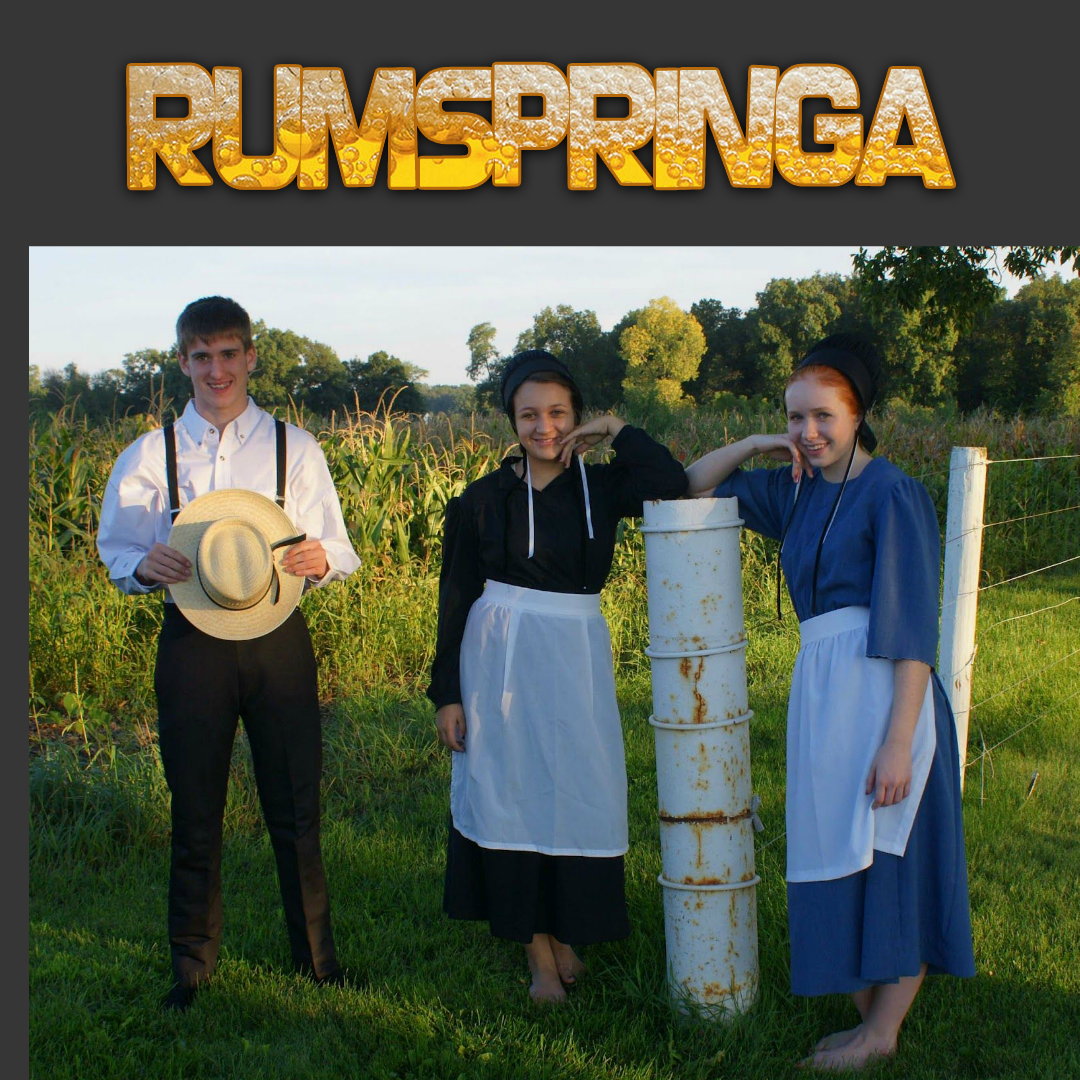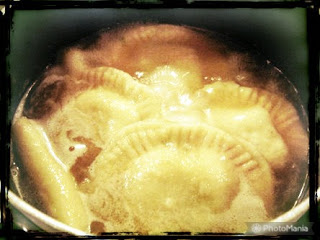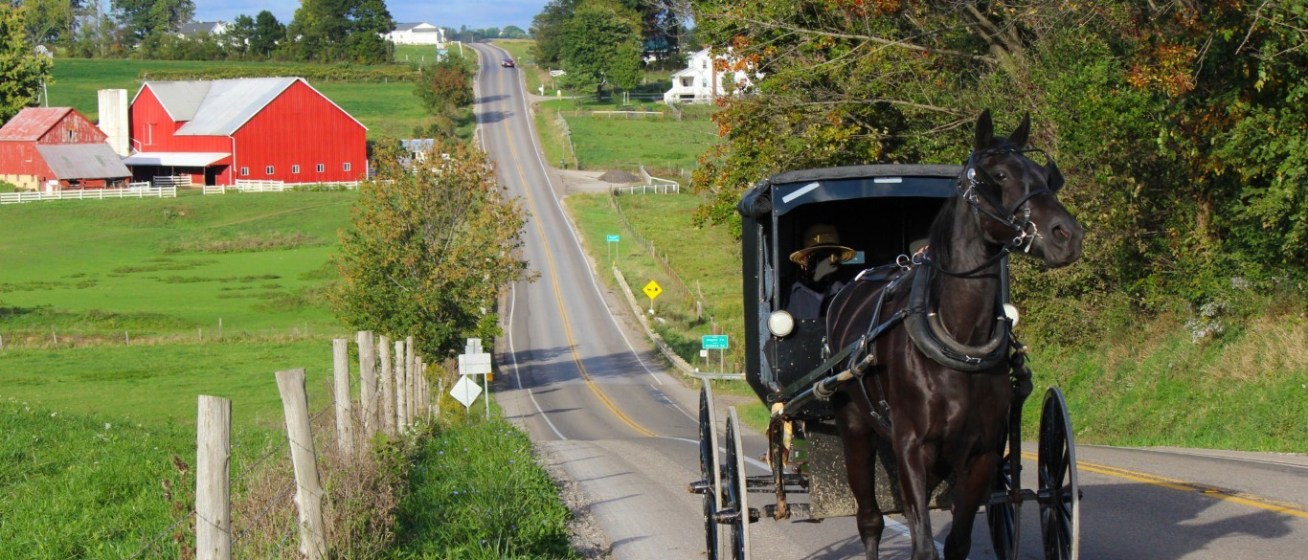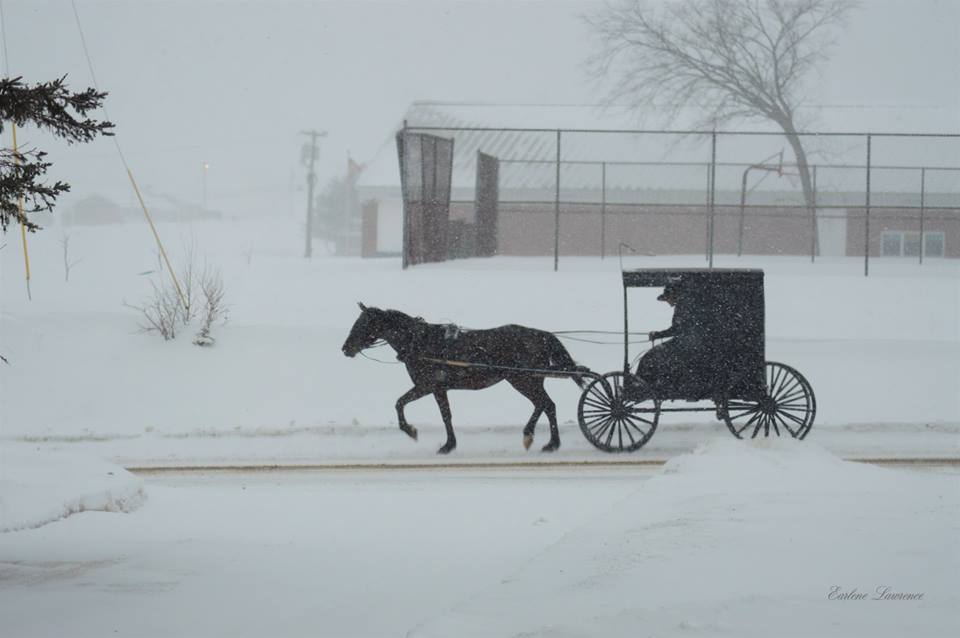What Decisions Do Amish Teens Make?
Amish children finished with school with the completion of the 8th grade. They do not graduate in the way that most public school students understand graduation. While an Amsi mah student may get some congratulation after finishing his schooling, there is unlikely to be a great deal of pomp and celebration surrounding the event, largely because the Amish avoid displays of pride. One of the more frequently quoted verses of the Bible among the Amish when they are speaking of Education comes from 1 Corinthians 8:1-2, “Knowledge puffeth up, but charity edifieth. And if any man think that he knoweth any thing, he knoweth nothing yet as he ought to know.”
Amish teens are usually 13 years old when they finished their schooling. At that point, many of them go to work, usually either at home or for a relative. Girls are given responsibilities at home, while the boys are sometimes allowed to go to work in Amish workshops and factories. For both boys and girls, it is a time to start learning the specific skills they will need to be productive in their community.
Even though they will now have more responsibilities at home, and may even have full-time jobs, they are not considered adults. They must still obey their parents. When they turn 16, however, teenagers among the Amish, the 16th birthday is an important milestone. At this age, an Amish teenager is considered old enough to decide for himself whether he would like to be baptized, thereby joining the Amish Church. As Anabaptists, the Amish baptize their members only as adults, so they have the option not to be baptized. In essence, they have the option not to become Amish themselves.
Beginning at age 16, young Amish people are given the freedom to explore their world to discover whether they themselves would like to become Amish church members.
Rumspringa
This period in their life is called Rumspringa, which means literally running around in German. It is the time in a young Amish person’s life when he can run around and experience the life of a non-Amish person. During this period, many parents allow their children to do things normally forbidden among the Amish.
They may dress like the “English”, (non-Amish are referred to as “English” since they speak English and not Pennsylvania Dutch), wearing the clothing of mainstream society, such as jeans and t-shirt. Amish teens might buy a car when they are 18, though girls very rarely do. Most Amish teenagers never stray far from their upbringing. For them, Rumspringa is it time to travel to other nearby honest settlement and make new friends. During this time, most Amish teens regain courting. Many become baptized only after they found the person they want to marry.
Once an Amish teenager decides to commit himself to his community he must accept the daily round of responsibilities that goes along with that commitment.
Baptism
Despite the temptations of the outside world, such as television, cars, music, and clothing, most Amish teens in Rumspringa choose to return to the Amish church and be baptized as members. In fact, eighty-five to ninety percent will join the church. This may seem surprising. However, several factors make the return to the Amish lifestyle much more appealing.
For one, the Amish teenager’s education. Without at least a high school education, their options are extremely limited. Few of them can find high-paying work, and what work is too often difficult and tedious, unskilled factory work, cleaning, cooking, for example. Some live for a few years on their own but eventually returned to the church because they realized they cannot compete for a good job.
Another issue facing teenagers who decide not to pursue the Amish life is the loss of friendship. Everyone they have ever known is Amish. The close network of friends, neighbors, and family who surrounded them in their youth will be gone if they choose not to be honest. This separation can be extremely painful and lonely.
Finally, there’s the simple fact that the Amish lifestyle is an attractive one for many, particularly those raised in it. Life without television, cars, and electric lights is not necessarily a boring or bad life. Amish people enjoy a great deal of social contact, even when they are working, laughing, joking, and laughing. Many Amish youths see no reason why they shouldn’t be baptized. They appreciate the spiritual values and close relationship of the community where they were raised.
Still, some Amish leave the Amish and do not become baptized members. These people become English, adopting modern ways as their own. Although they are no longer members of the Amish community, in some cases, they may continue their ties with their old friends and family.
Most Americans think of ourselves first as individuals and second as members of whatever community to which we belong. The Amish however generally think of themselves first and foremost as Amish. Their community defines their identity.
What Is Shunning And Why Do The Amish Do It?
Those who accept baptism and then later leave the Amish Church, however, can expect a different response from the people in their Community. Just as it did in 1693 when Jakob Amman led his followers to split from the Mennonites, the Amish believe in shunning those who stray from their faith.
The Amish believe baptism is a sacred and binding promise not to be taken lightly. Other Amish treat those who break that promise as though they no longer exist. Family members leave the room when their sibling or child who broke the promise of baptism enters the room. Other community members avoid that person, refusing to speak to, or even look at, the shunned individual.
Other Amish communities will also shun members who have left a different community of Amish than their own.
Shunning is the strongest punishment the Amish can use. As a punishment, it helps deter members from backing out on the vows they make through baptism and encourages people who are being shunned to rejoin the church and the Amish community. It is also used as a deterrent, helping members who are not being shunned to avoid any sorts of temptation the shunned individual may present. By avoiding be shunned individual, other community members offer any corrupting influences that individual may offer.
The goal of shunning, then, is not simply to direct the individual who breaks is baptismal vows back to the church. Rather, it is an attempt to try to maintain the integrity of the Amish community, just as the many rules of the ordinance are intended to safeguard the identity of the community. While it may be an exaggeration to say that everything the Amish do is focused on their Community, it is certainly accurate to say that they’re focused on their Community sets them apart from the mainstream society around them.
Like this:
Like Loading...














